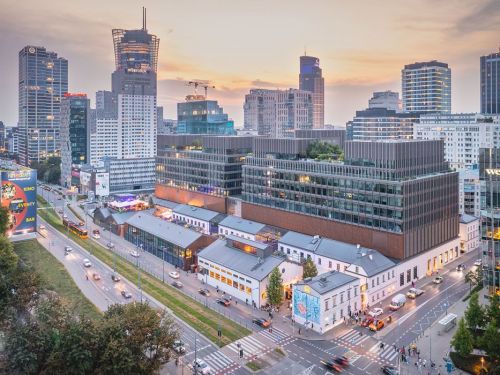Almost 3.4 mln sqm of warehouse space was leased in the first half of the year, once again smashing all the records. Moreover, according to Savills, the end of H1 also marked the first time ever that more than 6 mln sqm was leased out over a twelve-month period, with the total space transacted reaching 6.25 mln sqm. Although new records are being broken and the sector has just had its most successful half-year ever, many experts are saying that these figures are the result of deferred demand. “Throughout the pandemic, many companies were thinking about what to do next – whether they should lease space or not, what the world was going to be like after the pandemic, and whether their businesses would recover. But suddenly, the demand that had been very much dampened during this period came back,” points out Radosław T. Krochta, the president of the management board of MLP Group. When this deferred demand has been met, the leasing figures will no longer look so impressi































































